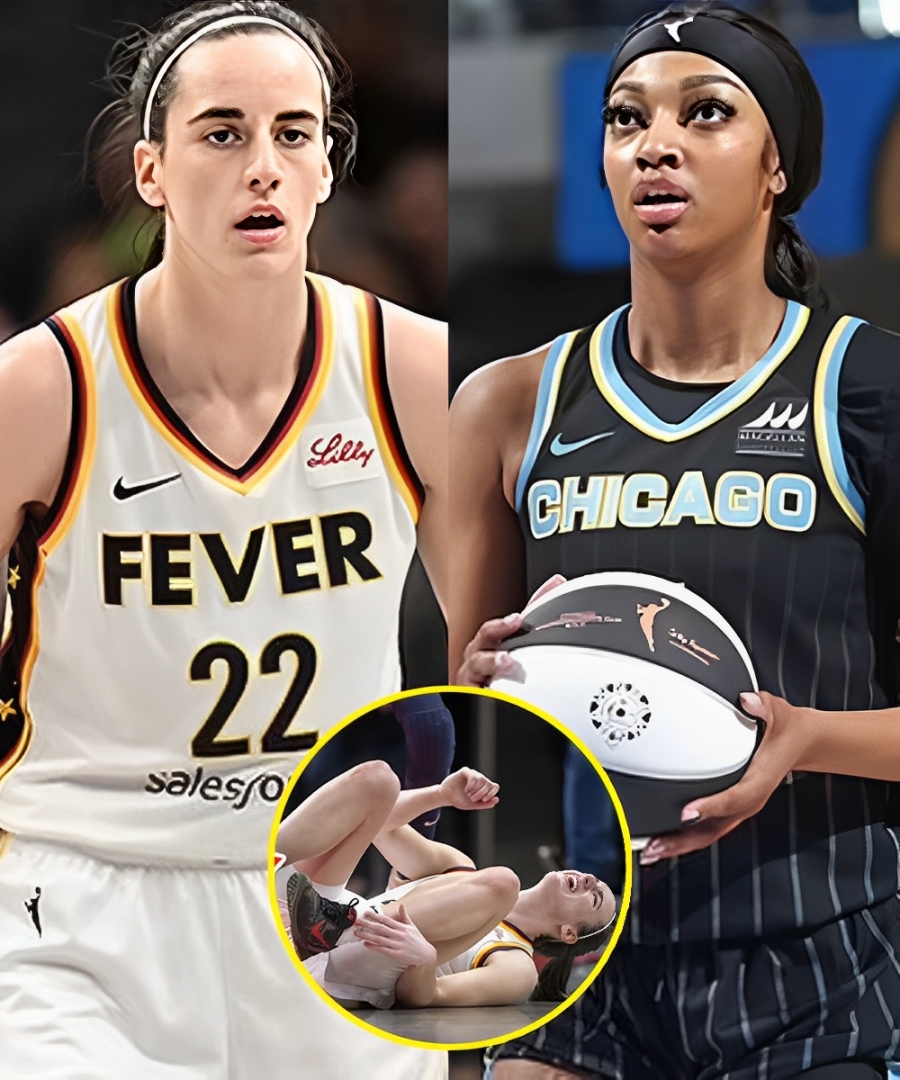The WNBA Faces a Harsh Reality: Caitlyn Clark’s Injury Exposes the League’s Dependence on One Star
The WNBA is experiencing an emergency, one that has exposed the raw truth about its current reliance on one player: Caitlyn Clark. The only true star, the undeniable draw for both casual fans and diehards alike, Clark’s injury—sidelining her for at least two weeks with a quad strain—has brought the league’s economic foundation to a screeching halt.
The WNBA’s grand gamble was simple: build the future around Clark’s electric performances, her mainstream appeal, and the hope that her star power could bring in new fans, boost ratings, and fill arenas. But as her injury announcement went public, the entire structure of the league started to collapse in real time. In mere hours, ticket prices for games featuring Clark plummeted, fan interest waned, and even the most optimistic projections of future growth began to look tenuous.

Ticket Prices Plunge
The financial fallout was swift and unforgiving. The Chicago Sky had moved their June 7th game against the Indiana Fever to the United Center, expecting a surge in ticket sales due to Clark’s presence. They raised prices, betting on her star power to pack the venue. But when the news of her injury hit, the market reacted with a crushing reality. Ticket prices for that very game dropped by 71% in just 24 hours—from $86 to a mere $25, leaving the Sky to grapple with the harsh truth: without Clark, no one is coming.
Meanwhile, across the league, other teams that had banked on Clark’s ability to fill seats found themselves facing similarly plummeting ticket sales. The Washington Mystics had scheduled a game against the Fever at a larger arena, but after the injury announcement, prices dropped by 47%. The results were catastrophic, with the potential for empty arenas haunting the league.
The Angel Reese Myth Exposed
While the media and some fans have touted Angel Reese as the next big thing in the WNBA, her performances have failed to capture the mainstream interest that Clark has. Even Reese, one of the league’s brightest stars, can’t seem to replicate Clark’s ability to draw in casual fans. Ticket prices and attendance for games involving Reese have remained steady, but they haven’t skyrocketed. The myth of the “Angel Reese Effect” was shattered the moment Clark was injured.
Clark wasn’t just a player; she was the WNBA’s economic engine. During the 2024 season, Clark was responsible for 26.5% of the league’s total activity across attendance, merchandise sales, and television ratings. To put it bluntly, without her, the league is floundering. Her injury has revealed just how fragile the WNBA’s marketability is and how its success has been largely contingent on one player’s ability to captivate the public.
The Media Hype Versus Reality
While the media has repeatedly tried to push other players as the faces of the league—particularly Reese—it’s clear that the narrative doesn’t align with the numbers. The ratings tell the story. Clark’s games regularly drew over 1 million viewers, while other WNBA games could barely scrape past 300,000. For all the hype surrounding the league’s “stars,” only one player has truly moved the needle.
This discrepancy highlights a larger issue: it’s easy to manufacture hype, but impossible to create a legitimate draw from media narratives alone. Angel Reese might have a large following on social media, but those followers aren’t buying tickets. Clark, on the other hand, was doing just that—drawing viewers and fans in droves simply by showing up to play basketball.
The League’s Survival Depends on Clark’s Return
As the WNBA faces its harshest financial crisis in recent memory, all eyes are now on Caitlyn Clark’s recovery. Teams, networks, and fans alike are holding their breath, hoping that she returns soon to save a season that has teetered on the brink of collapse without her.
The reality is undeniable: Clark is the WNBA’s centerpiece, and without her, the league struggles to capture the public’s attention. If the WNBA is to survive, it needs her back on the court as soon as possible. Her injury has exposed the uncomfortable truth: the league’s future is far less stable than it appeared, and its success is tied to one player’s ability to captivate the masses.
As fans and analysts debate the future of the league, it’s clear that Clark’s absence has left a vacuum that no other player has yet shown they can fill. For now, the WNBA will have to rely on the hope that Clark’s return will be swift enough to recover from the damage done during her absence. Until then, the league’s fate hangs in the balance, and Clark remains its irreplaceable star.



